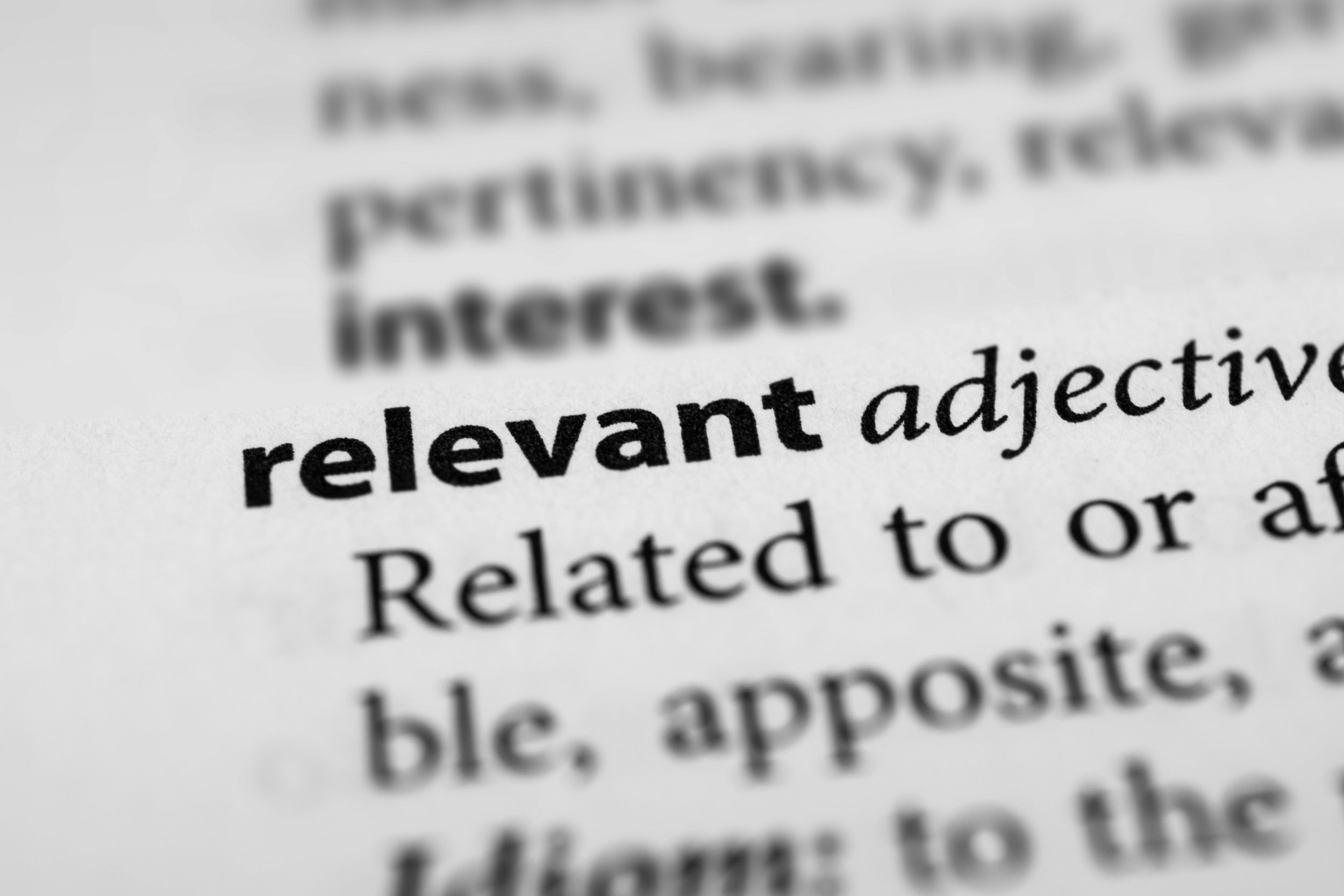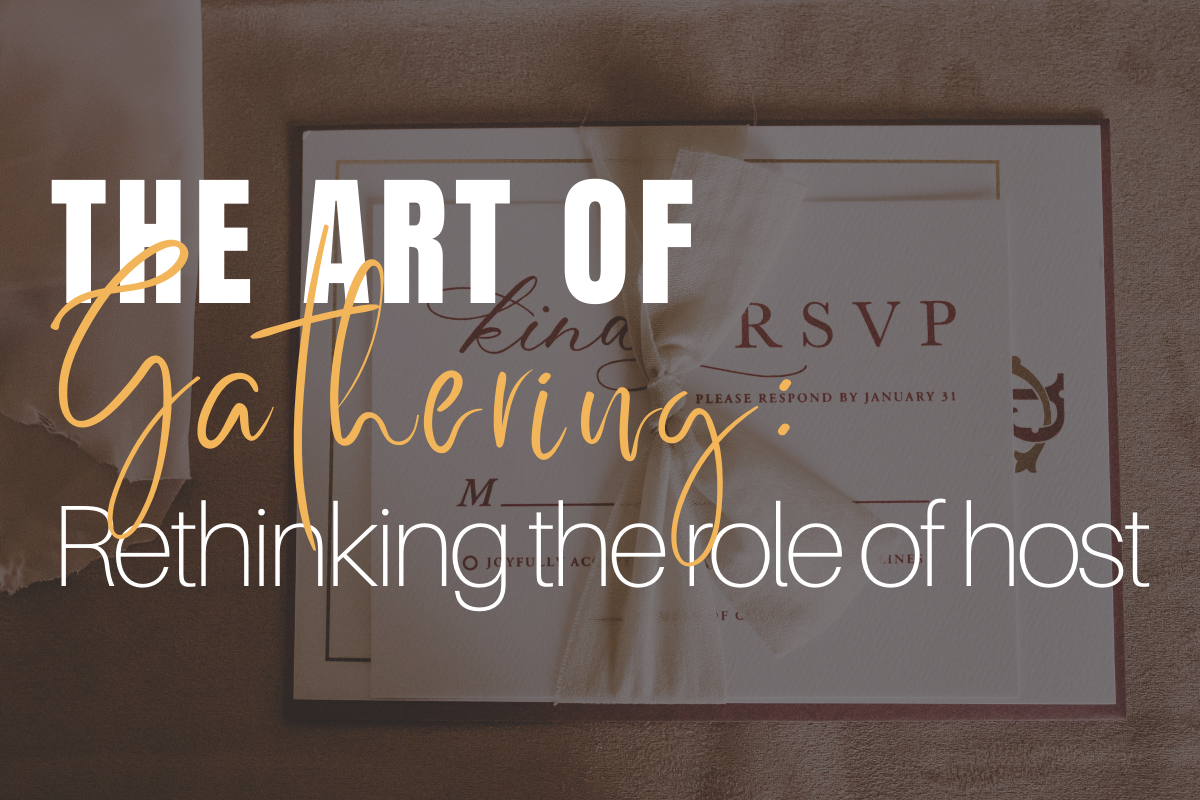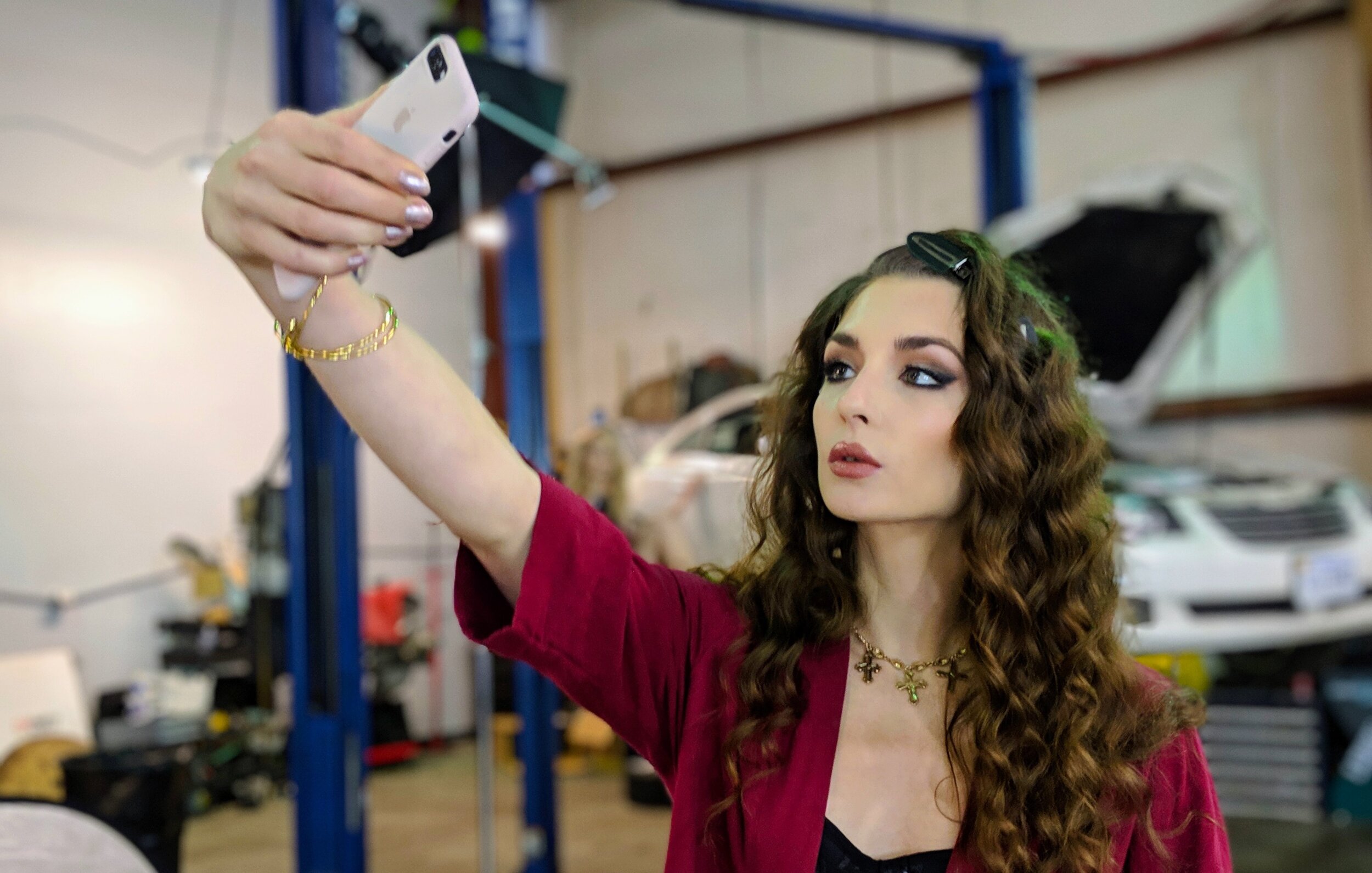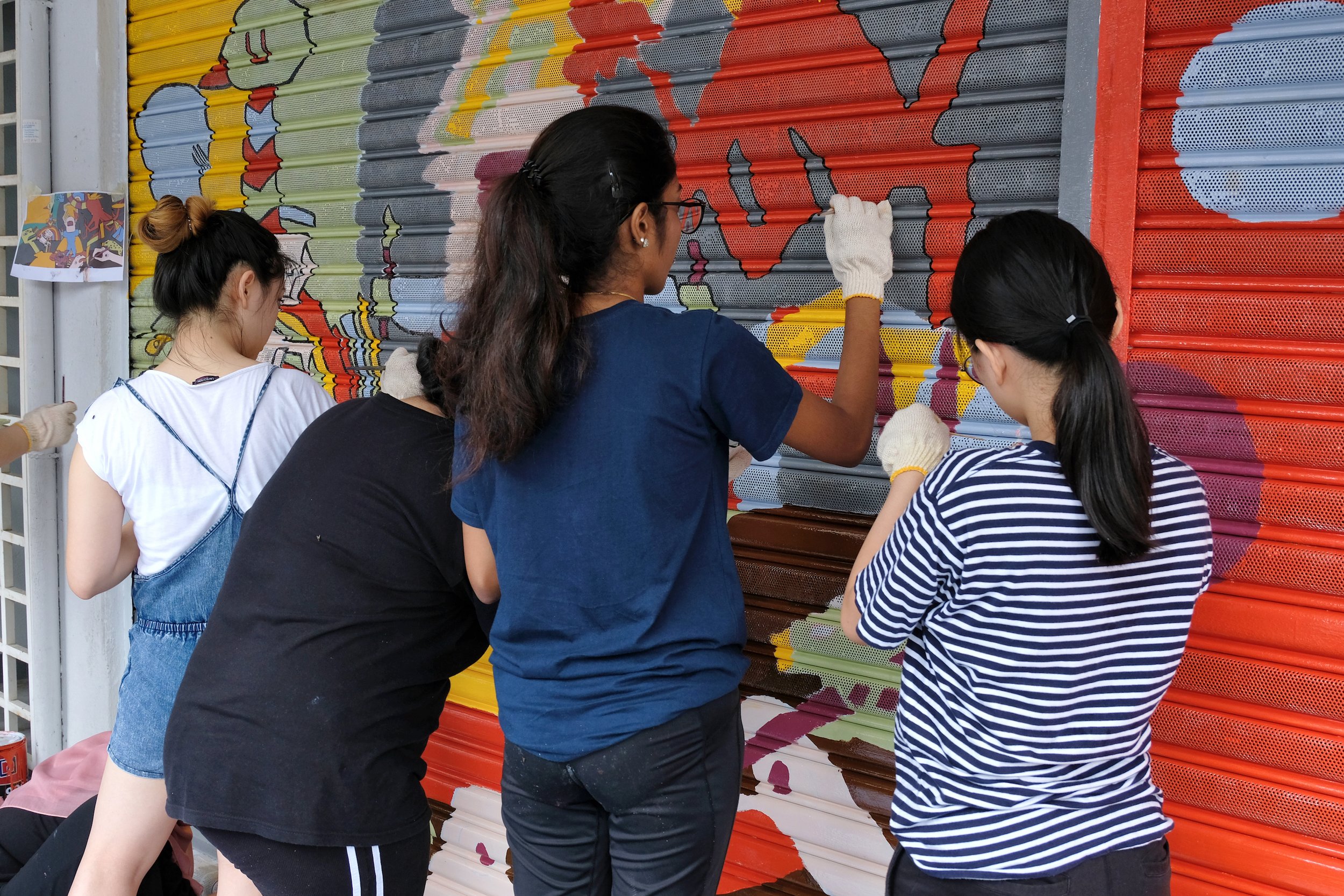
LATEST POST
$11 tickets: Revolutionary or risky?
Opera Philadelphia's new pay-what-you-can model, with tickets starting at $11, has generated considerable buzz over the past week. Is this move revolutionary or risky?
Most popular content

Most recent content
For arts organizations faced with audience declines, there's a lot of pressure to recalibrate. And it's clear that this recalibration must center the customer. But how ready is your organization for change? And how long will that change take?
Opera Philadelphia’s recent decision to introduce a pay-what-you-can model, with tickets starting as low as $11, has generated considerable buzz over the past week. Is the move revolutionary or risky?
There’s a persistent contingent in the arts who believe that calls for change are unwarranted.
“We’ve been told for years that arts patrons are disappearing,” they say, “but they never really do.”
Here are four reasons why now is different.
Deeply understanding the customer by regularly gathering customer insights has become a high-stakes game. And it’s a game that the for-profit sector is currently winning. How does the arts and culture sector compare?
Leadership buy-in is crucial before real change can occur at any arts organization. On your quest to shift hearts and minds, here are six tactics to consider.
"People don't want to buy a quarter-inch drill. They want a quarter-inch hole." This adage is often employed to illustrate a foundational concept in sales and marketing. But if you’re trying to sell a drill, knowing your customer wants to achieve a hole won’t get you very far.
In the arts and culture sector reclaiming relevance and unlocking audience growth means crafting compelling narratives that resonate with your target audience's aspirations and motivations.
It’s no secret—the arts sector struggles to reflect the diversity of the real world. And the NEA’s most recent Survey of Public Participation in the Arts has the hard numbers to prove it.
The NEA just released their initial findings from the 2022 Survey of Public Participation in the Arts. This new data allows us to view audience decline over the past four decades.
These seven elements, if properly implemented, work together to create a powerful emotional connection between consumer and brand.
Are your cultural events interactive? Nina Simon says that's not enough. But the solution may not be as expensive as you think.
Imagine being able to invigorate and expand your customer base while simultaneously having a profound impact on the health and wellbeing of the people you serve. This is the extraordinary value of building community.
You’ve worked hard to make your arts marketing customer centric. But it won’t actually grow your audiences if it’s only reaching your loyal followers. Are you implementing these four strategies?
The one where the BBC’s Tom Service asks me about arts marketing. Listen at 29:32.
Your Brain On Art comes at a crucial moment, illuminating the intersection between the arts sector's need for proof that the arts are indeed essential—and our world's need for powerful solutions to the deep-rooted problems we're facing today.
On March 7th, the BBC announced wide-sweeping changes to its classical music programs. Possibly most shocking was its decision to terminate the nearly 100-year-old BBC Singers. Here’s what the supporters of the BBC Singers need to know about persuasive messaging.
I spent over a decade as an opera singer and music educator. I regularly witnessed the profound power of the arts on myself, my audiences, and my students. I was happiest when making music. But in 2014, everything changed.
The Bangor Symphony's executive director, Brian Hinrichs, recently shared an update on LinkedIn outlining the strategies that helped the BSO sell out their entire 2022 Nutcracker run.

Rethinking relevance in 2023
How do we make the arts so relevant that society at large finally recognizes its vital importance?

A pandemic silver lining
In a recent podcast interview with Capacity Interactive, Colleen Dilenschneider pointed to how the covid lockdown forced cultural organizations to "prove that they were relevant beyond their walls."

Year-end fundraising that’s mutually beneficial
We all know how tough it is to “sell” a fundraising campaign. How do we show our community that donating to our cause will benefit them when we can’t offer much in exchange?

Celebrating diversity instead of tradition
When we center the experience of our Loyals, we celebrate the traditions of the past. When we center the experience of those traditionally marginalized by the arts sector, we celebrate the diversity of the present.

Community outreach that pays
Arts organizations, the working parents in your communities are an untapped source of revenue.

The Art of Gathering: Rethinking the role of host
Arts patrons are often left to fend for themselves when it comes to interacting with the art and with their fellow attendees. But 'chill hosting', warns Priya Parker, isn’t welcoming, and it doesn’t cultivate a meaningful experience that keeps them coming back. So how can arts organizations be better hosts?




















